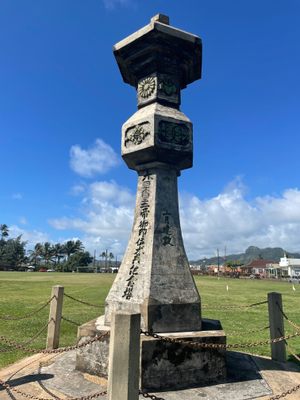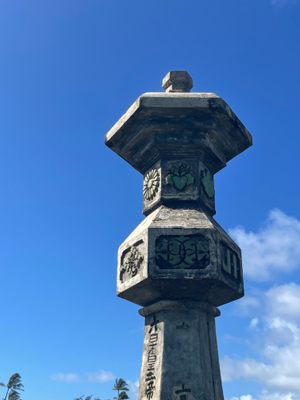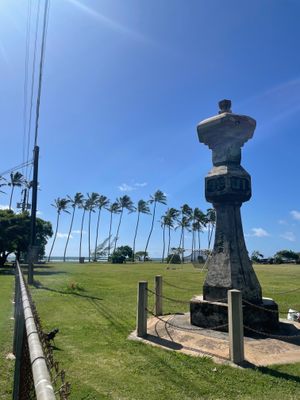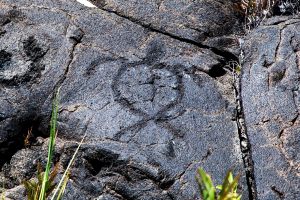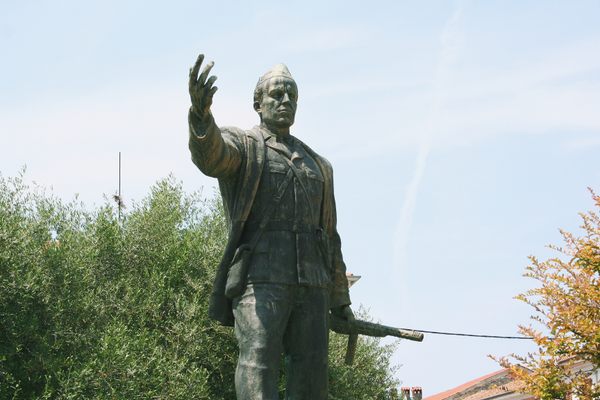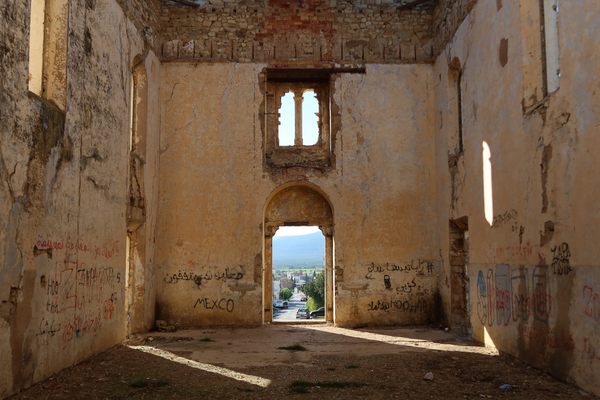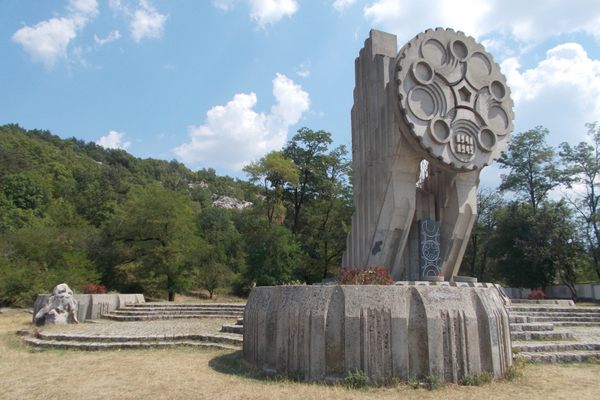About
Since 1987, the Kapa’a Japanese Stone Lantern has stood at the edge of the Kapa’a Beach Park. But the 15-foot cast concrete ishidoro was first built more than 75 years earlier, then spent decades buried and out of sight.
The lantern was built in 1911 by J.S. Teraoka to commemorate the Russo-Japanese War of 1905 and to honor Emperor Taisho's ascension to the throne in 1912. In the late 19th and early 20th centuries, a large number Japanese immigrants came to Hawai'i to work on sugar plantations. For many of them, the monument was a physical reminder of their culture and their homeland, where some hoped to return after saving up their earnings from working on Kauaʻi's plantations.
But in 1943, anti-Japanese sentiment that had grown during World War II led to the lantern being buried in the park. Even after the war ended, the ishidoro remained buried. Over time, it was forgotten.
In 1972, the buried lantern was discovered. The parents of kids who played soccer in the field at Kapa’a Beach Park complained about a dangerous piece of steel sticking out of the ground. The lantern was dug up and reburied within 24 hours of the find, because nobody wanted to claim it. More than a decade later, thanks to the efforts of the local community, with help from Mayor Tony Kunimura, the Kaua‘i Historical Society, and others, the lantern was fully excavated and installed in its current location.
Related Tags
Community Contributors
Added By
Published
June 14, 2022
